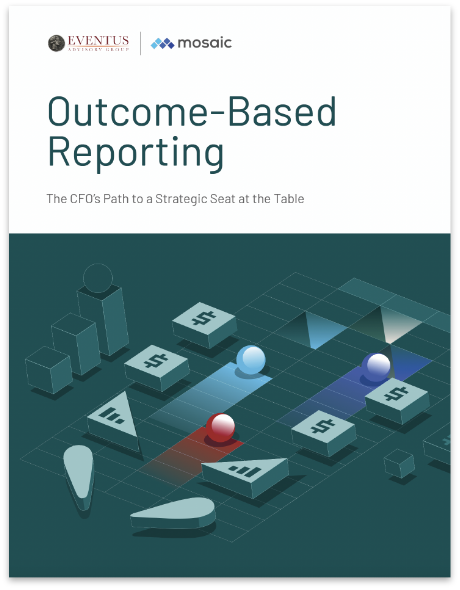
Navigating in uncertainty isn’t fun. Yes, there are people and philosophies that encourage you to “embrace the unknown,” find a way to “profit off of disruption” and “see opportunity where others don’t.” This isn’t one of those articles.
It is possible to profit in uncertain times. Fortunes have certainly been made, but even more have been lost. So, I’m going to walk you through some steps to put a little order around the chaos uncertainty brings and hopefully keep you on track to achieve whatever goals you’ve set.
First, take comfort in history. Whether it’s COVID-19, a financial crisis, a dot-com bust or (showing my age) stagflation, hundreds of millions of people have faced challenging times and gotten through them. You can, too. No matter the circumstances, there are actionable principles you can follow that will put you on reasonably solid footing when you plan.
The overarching principle to keep in mind is cash preservation. Whatever you decide to do, know how your actions will affect your cash balance. Think of cash as the fuel of your business. If you run out of gas, your car stops. You can get more gas, but it can be very inconvenient and costly to get gas in a remote area. So, make sure you plan and prepare so you don’t run out of cash.
Trying to predict the future or the long-term impact of current events isn’t easy. The odds of your getting it correct and coming up with a perfect plan are low. However, with a basic framework, you can apply your insight and capability to make smart decisions now. Ask yourself the following questions:
1. What are the top three to five things going on in the world that are affecting me and my customers?
2. How are these things impacting me and my customers?
For example, if the global supply chain is in disarray, then any of my customers who rely on a global supply chain to create their products might be faced with fulfillment disruptions and higher costs. Remember, your observations are what made you a great businessperson.

You know how to connect with customers or you wouldn’t be in business. Look at your observations and ask yourself the following:
1. Does your current offering meet your current customers’ needs in the new now?
2. In other words, how essential are you to their business?
3. How big of a gap is there in your current offering to becoming essential in the new now?
You don’t need to read this article to know that the best use of your time and resources is going to be anything that makes you more essential to your customers. Let’s walk through navigating short- and long-term investments and the planning that goes into each.
From a short-term perspective, think in terms of 90-day chunks. This type of planning revolves mainly around a few items:
1. Operational Effectiveness – Making sure you are doing what is necessary to keep the lights on and fulfill customer orders.
2. Customers – Making sure you meet their needs and ensuring your offering is essential.
3. Long-Term Awareness – I know it seems counterintuitive on a short-term plan, but make sure that while you are focusing on the short term, you don’t end up sacrificing your future. This usually happens through underfunding or the sale of a crown jewel company asset.
The process to kick off your long-term planning should be the same as the short-term: Ask yourself what you think the world would be like after 90 days to one or two years from now. What is different from what you have already answered in the new now? What do you need to do to be essential to your customers in the future? My bias is to stay customer-focused on long-term planning.
With that lens in mind, look at the following elements of your long-term plan:
1. Certainty – How confident are you in your future prediction? What data is backing up your prediction? The less confidence you have, the more you have to weigh if it’s worth sinking money or time into a future investment. Note that the counterargument is if you are too certain, you could be blinded by biases, so examine each of your assumptions.
2. Customer Need Gap – How far off is your offering to where you think your customers’ needs will be? The further off it is, the stronger the argument for a need to invest or divest.
3. Payback Period – The longer the payback period on a given investment, the riskier it is. There are a lot of things that can happen in a year and even more so in two or three.
4. Number Of Assumptions/Factors – How many “ifs” have to go right for the plan to work? Keep a count. Note which factors are completely out of your control, as well as where you have partial or complete control.
5. Tying up Cash – How much of your cash will this plan tie-up? If you have to borrow money to make the plan work, what happens if the plan fails? Do you have to pay the money back?
No one has a crystal ball that can tell you the exact moves to make even when times are certain and uneventful. By basing your decisions off clear, tested assumptions with a customer-focused lens, whatever plans and investments you make will have a larger chance of success than if you were to only use a gut feel or take a desperate shot in the dark.